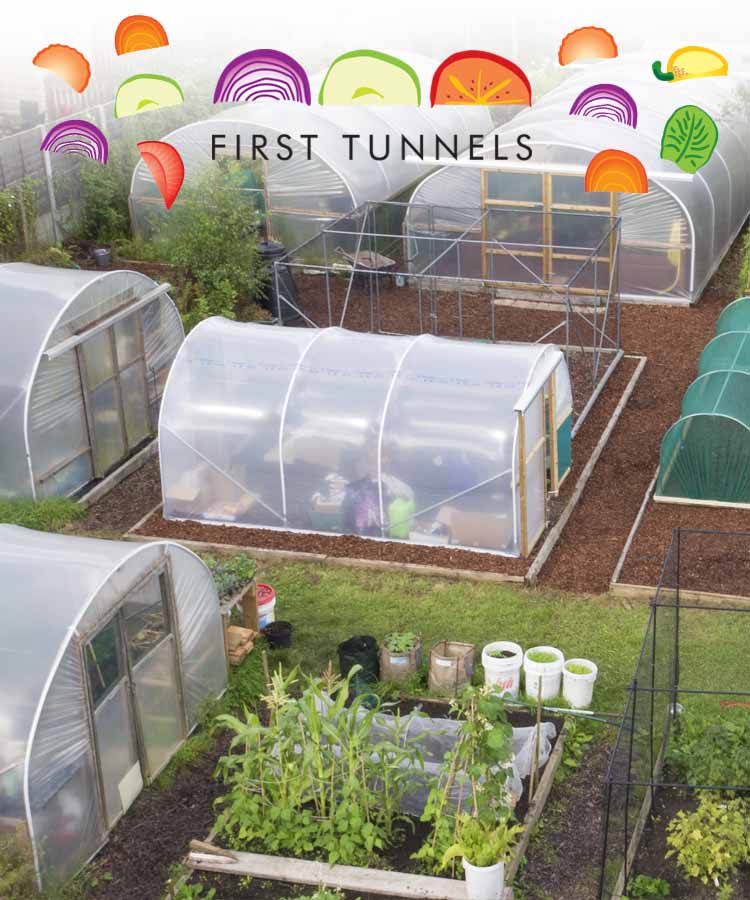Even over the coldest days of winter, a polytunnel can retain a far warmer temperature than outside in the open. But for those who would like to grow more tender crops, a heater will often still be an essential element of polytunnel design. For those interested in sustainable and eco-friendly gardening, the challenge is working out winter heating options that do not cost the Earth.
Before you think about installing a space heater in your polytunnel, you should spend some time making sure that you optimise the design in your polytunnel and ensure that you have employed all the natural measures possible to maintain the temperature inside. Install thermal mass to retain the heat of the day during the night, and think about how plants can be protected from winter temperatures with cloche hoops or row covers.
If you still need higher temperatures than can be achieved with natural measures, you may wish to consider a space heater. Greenhouse or polytunnel heaters come in all sorts of different shapes and sizes, and are run using a range of different fuels or power.
Electric heaters are another option that is sometimes utilised in polytunnels. These are safer than paraffin heaters and will not directly pollute the environment. The down side, or course, is that they will need an electrical supply to work, and it can take some work and expense to connect a supply to your polytunnel. Electric heaters are only as green as the supply that they run off.
To improve the environmental credentials of heating your polytunnel, you could switch your existing electricity supply to a 'green' energy plan. Better yet, you could think about installing your own green, renewable electricity supply. Solar panels can provide energy for heating and lighting a polytunnel and, depending on the site, could be placed close to your polytunnel. Another option is wind power – you could think about siting a wind turbine close by.
Before you think about heating your polytunnel, decide whether it is truly necessary. A large energy expenditure such as this should always be considered carefully. If you do need a heater, choose one that can deliver what you need in the greenest and most cost-effective way possible, and make sure you regulate the heat with a thermostat and have it come on only when it is really needed.
